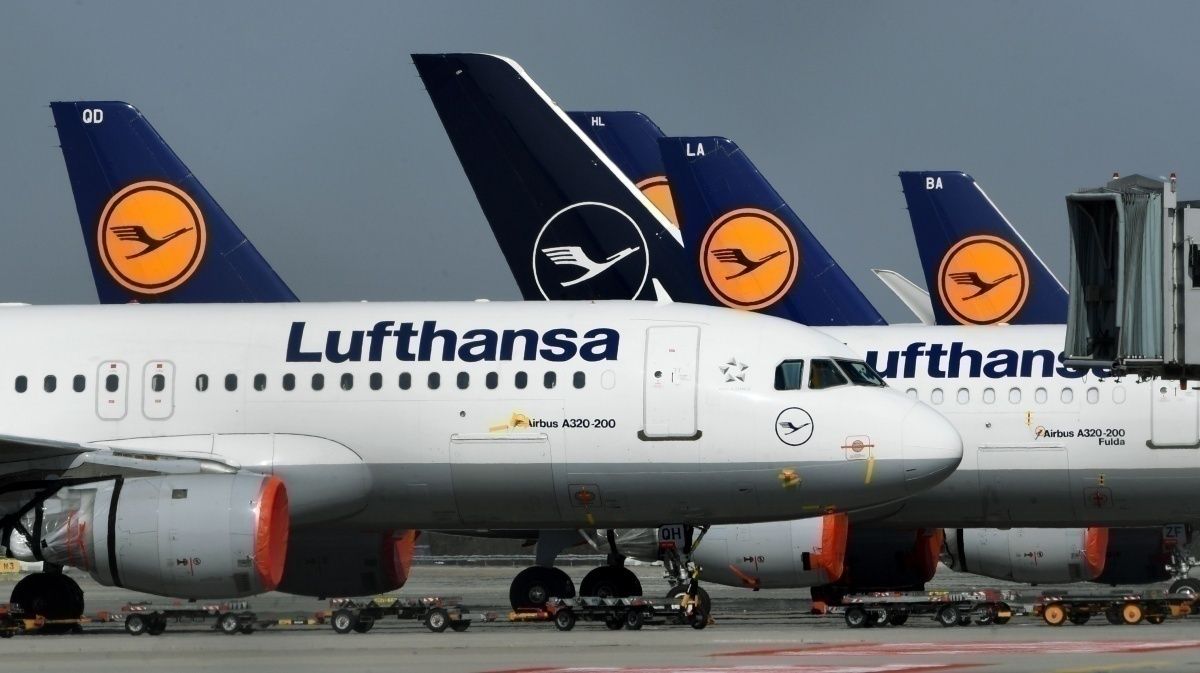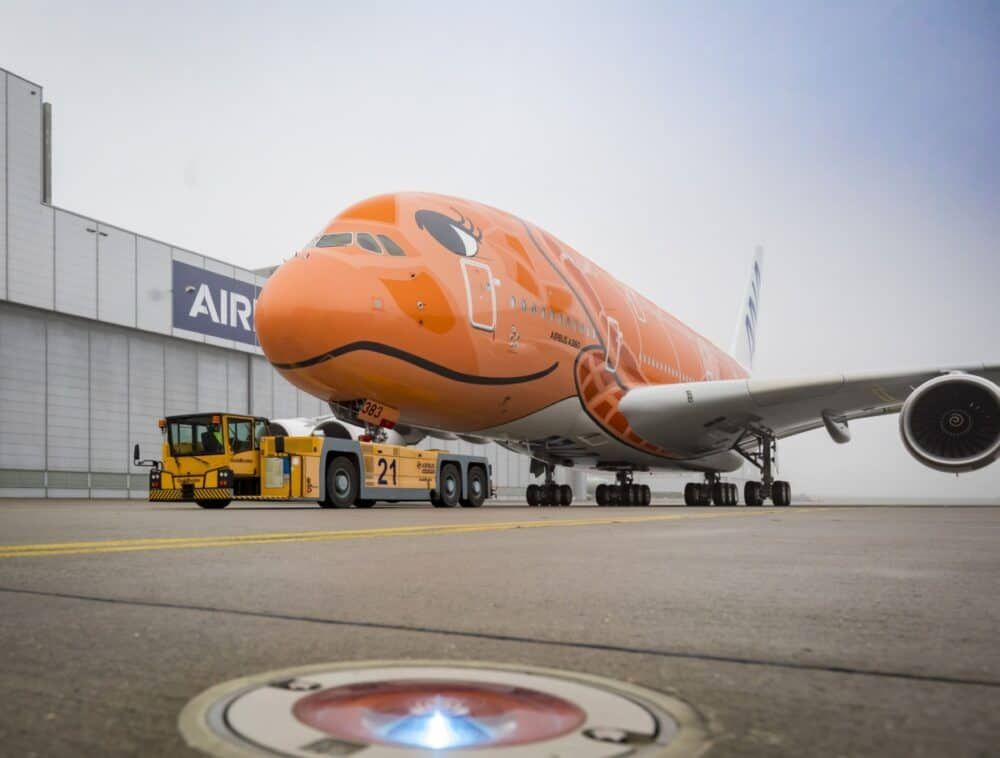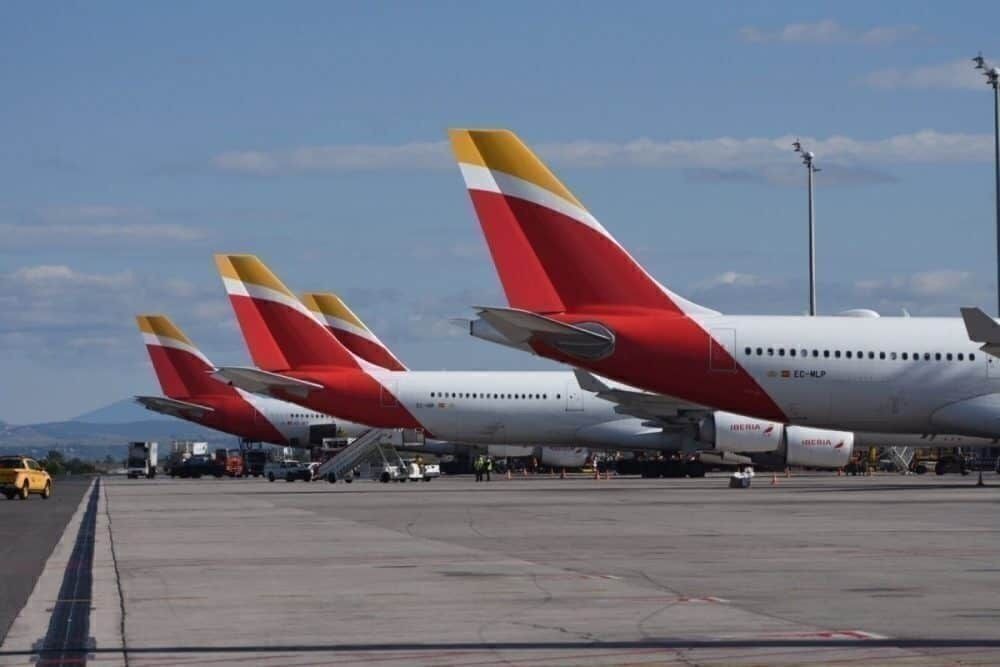The world's largest airlines are usually ranked by revenue, fleet size, or passengers carried. All measures are essential and a fair way of comparison in their own respect. Sometimes, however, valuable insights may be gained from taking a different approach. Salaries are significant expenses for an airline, thus cross-examining the number of employees with other metrics may tell us a lot about airline efficiency.
Top 10 biggest airline employers
From the world's ten largest public airlines by revenue (plus Emirates, which has been included thanks to data availability), the largest American carriers lead the way. However, when we change the ranking and look at the airlines who employ the most workers, the list changes significantly according to data from Forbes.
Here is a list of Top 10 airlines by the employee count:
|
Lufthansa Group (includes Austrian, SWISS, Brussels Airlines, and Eurowings) |
138,353 |
|
American Airlines Group |
133,700 |
|
Emirates |
105,730 |
|
China Southern Airlines |
100,831 |
|
United Airlines |
96,000 |
|
Delta Air Lines |
91,000 |
|
Air France–KLM |
90,386 |
|
China Eastern Airlines |
81,136 |
|
IAG (Includes British Airways, Aer Lingus, Iberia, LEVEL, and Vueling) |
64,642 |
|
Southwest Airlines |
60,800 |
Some first takeaways are the surprisingly large numbers of employees at Lufthansa and American Airlines relative to their peers. Lufthansa Group is almost double the size of IAG, while AA has roughly thirty percent more employees than Delta or United.
For those who follow profitability metrics, the takeaways are clear. Airlines with high employee numbers tend to struggle financially and underperform the ones with fewer employees. And that is regardless of the operational region. For example, Lufthansa has been less profitable than IAG, while American Airlines' financial situation is drastically worse than its counterparts in the US. The size of the employee base obviously is not a sole factor causing financial underperformance. However, given its significant contribution to airlines' cost structure, it proves to be an important one.
Comparing efficiency
A way to compare the efficiency of an airline is by taking a look at the revenue generated per each employee. The global top ten by revenue (in thousands of dollars) per employee, yet again, differs significantly from the prior top 10 lists.
|
All Nippon Airways |
$ 551.62 |
|
Delta Air Lines |
$ 504.49 |
|
United Airlines |
$ 455.43 |
|
IAG |
$ 453.32 |
|
Air France–KLM |
$ 383.92 |
|
Southwest Airlines |
$ 374.15 |
|
American Airlines Group |
$ 345.23 |
|
Lufthansa |
$ 312.10 |
|
Emirates |
$ 269.52 |
|
China Eastern Airlines |
$ 224.66 |
Surprisingly, All Nippon Airways comes on top, followed by Delta Air Lines and United, as the North American carries are on top because of the high-fare environment in the US. What is interesting, however, is that the list of the top 10 airlines by revenue per employee is almost an inverse of the top 10 list by the number of employees. All three largest carriers by employee count, are in the bottom half of the table. That reinforces the point made earlier, that high employee count may go in hand with worse financial performance.
Yet, revenues do not always translate into profits. The world's three largest airlines by profit per employee are IAG ($53k), Delta ($46k), and Southwest ($43k). The Chinese carriers and Emirates close the list with a mere few thousand profit generated per employee.
Current implications of the employee bases
In the short future, thousands of airline employees will lose their jobs due to the pandemic. These drastic measures are undertaken to ensure the survival of these airlines. From this short analysis, we may conclude that the magnitude of layoffs will differ from carrier to carrier and that for some, it may prove to be more beneficial than others. If Lufthansa cuts 30 thousand jobs, it should still be able to generate similar revenues as it used to simultaneously reducing the burden on its bottom line. The same goes for American Airlines. Some could say that the trimming of their employee-bases was inevitable. On the other hand, reductions at Southwest or IAG could come as a trade-off between generating similar revenues and reducing costs.



